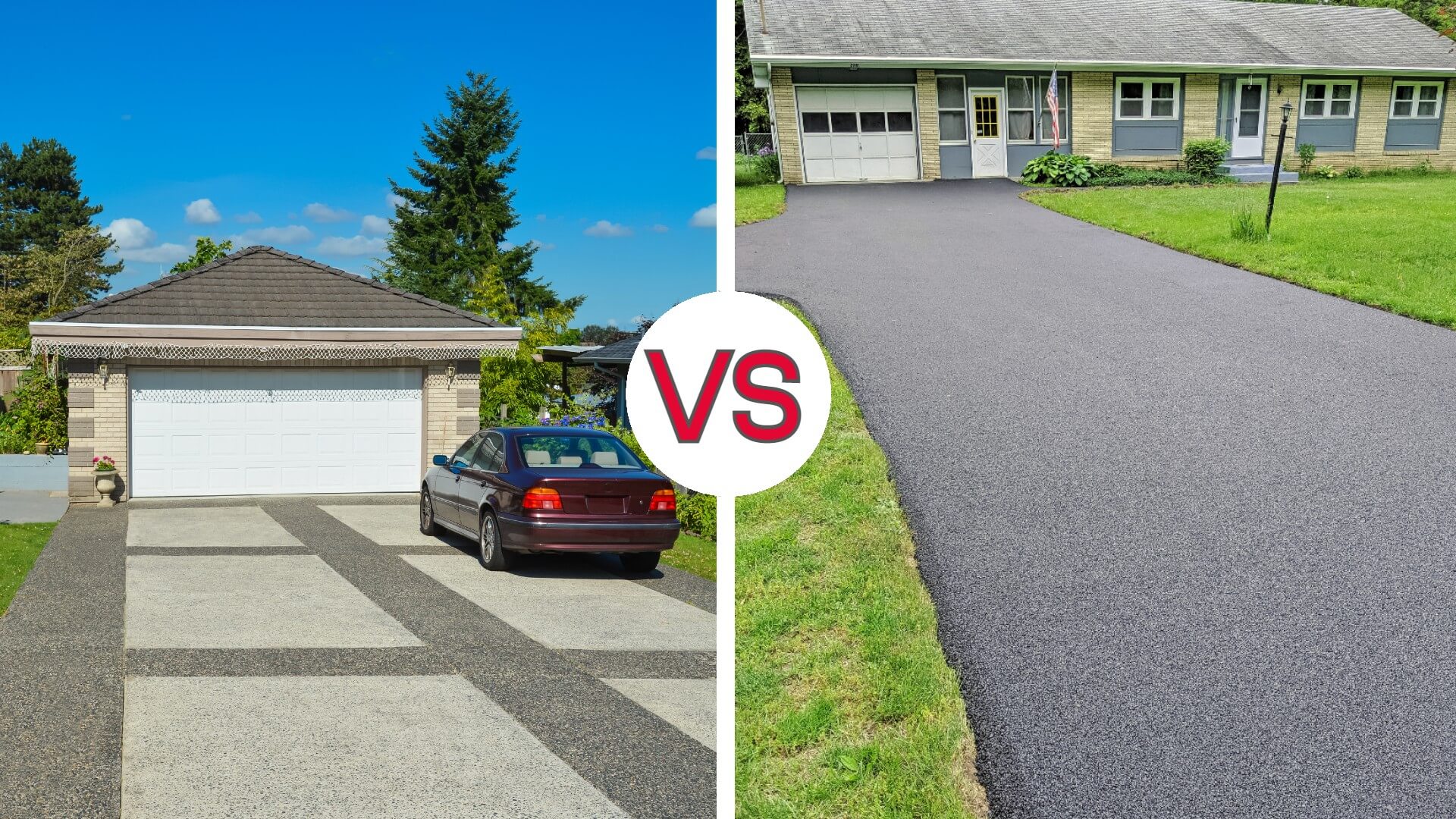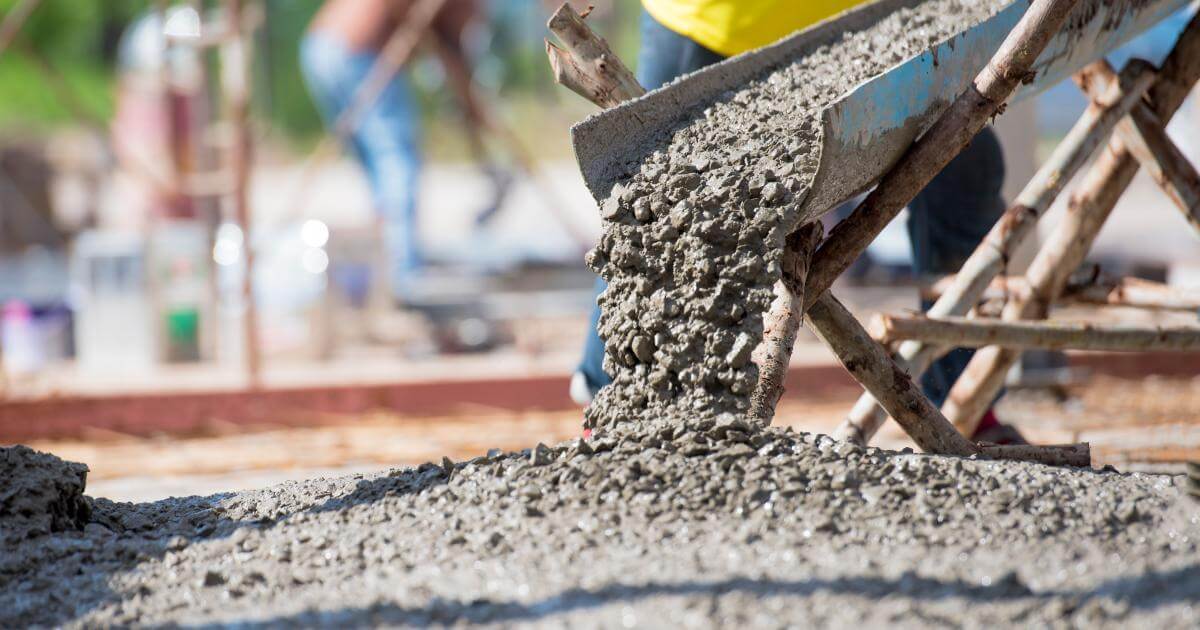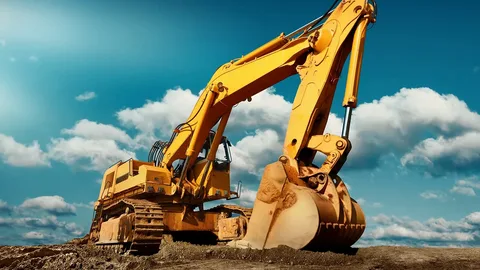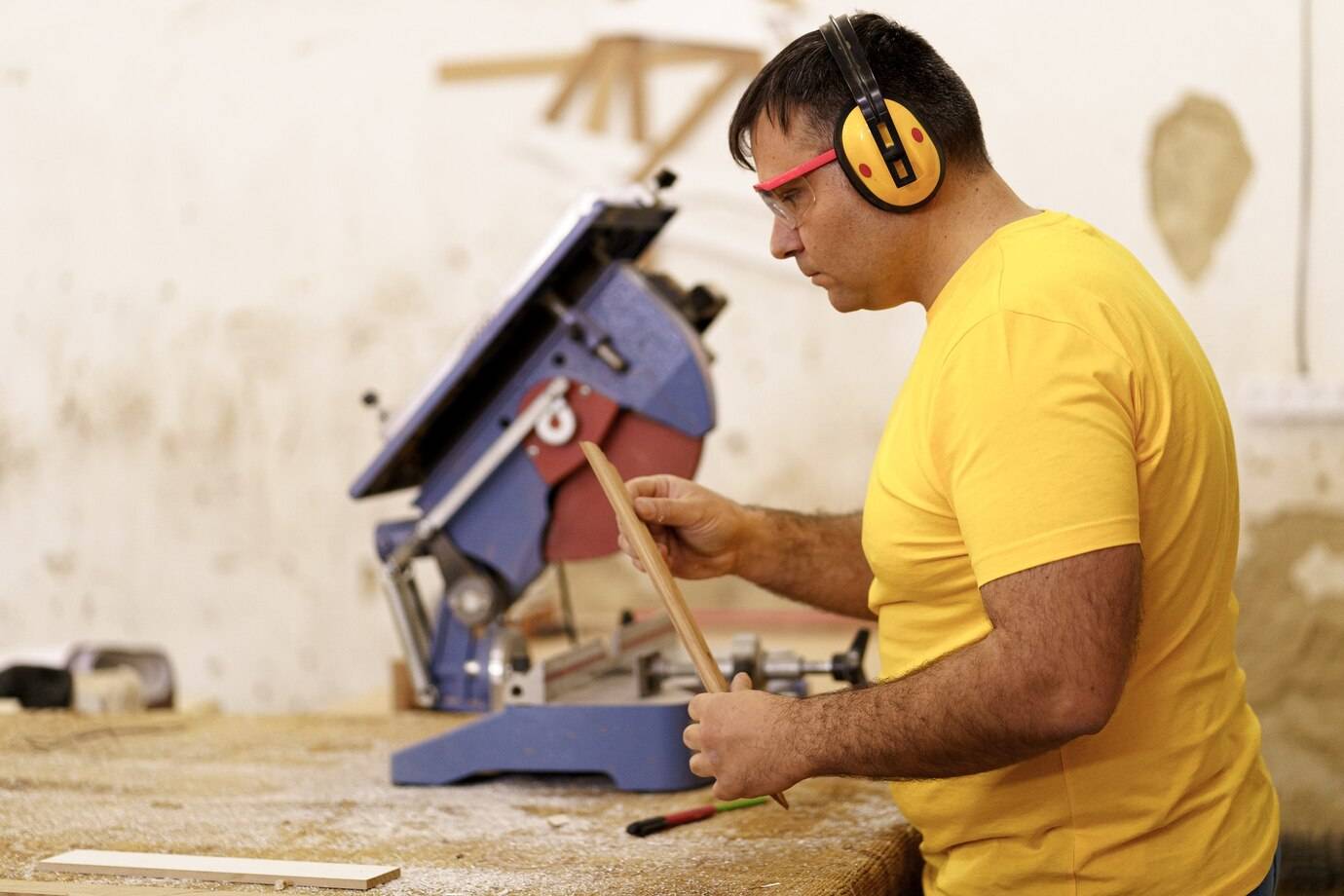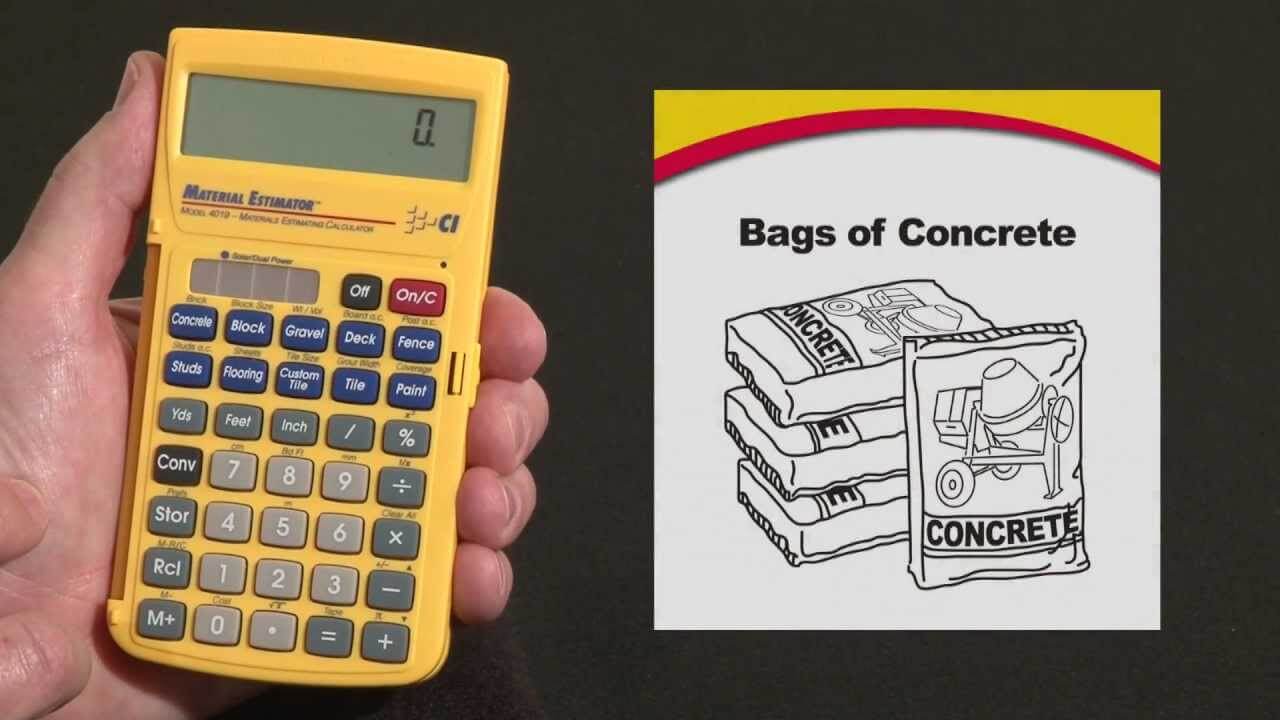
Measuring Tips
How many bags of concrete do i need for a 10 x 10 slab? Your measurement methods will change depending on the shape of your future concrete slab. For example, you’ll mark a rectangular shape using length and width. A circular shape needs that you find the diameter.
Once you get the dimensions of your slab, enter them into the calculator along with the thickness. Access your casita building plans project area measurements formed to the nearest foot. If you’d somewhat do the math yourself, simply measure length, width and height in feet. Then multiply these dimensions together. Divide the resulting number by 27 to find the cubic yardage.
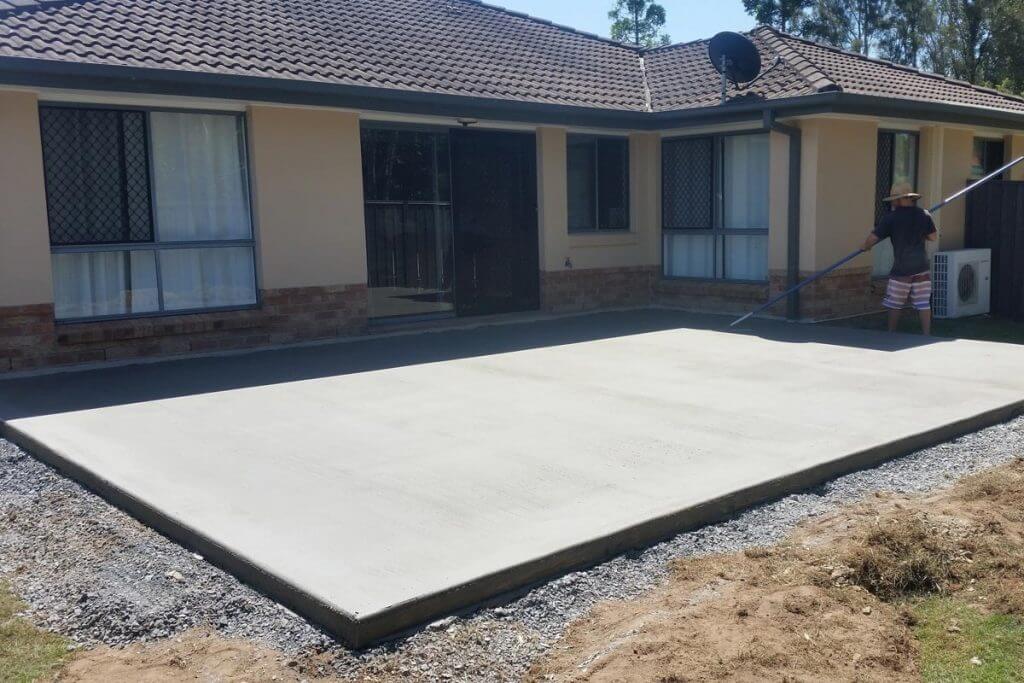
Read here about How Does Concrete Set?
To determine the amount of concrete you require for a slab, you should obtain the cubic yardage of the area you will be filling. Just understand these steps:
- Measure the area in feet.
- Multiply the length by width, and then by thickness.
- Divide the resulting number by 27 to find cubic yards.
The volume of concrete required for a 10- by 10-foot slab depends on the diameter of the slab. For a 4-inch slab, either eight 60-pound or six 80-pound bags are required, while for a 6-inch slab, either 12 60-pound or nine 80-pound bags are necessary.
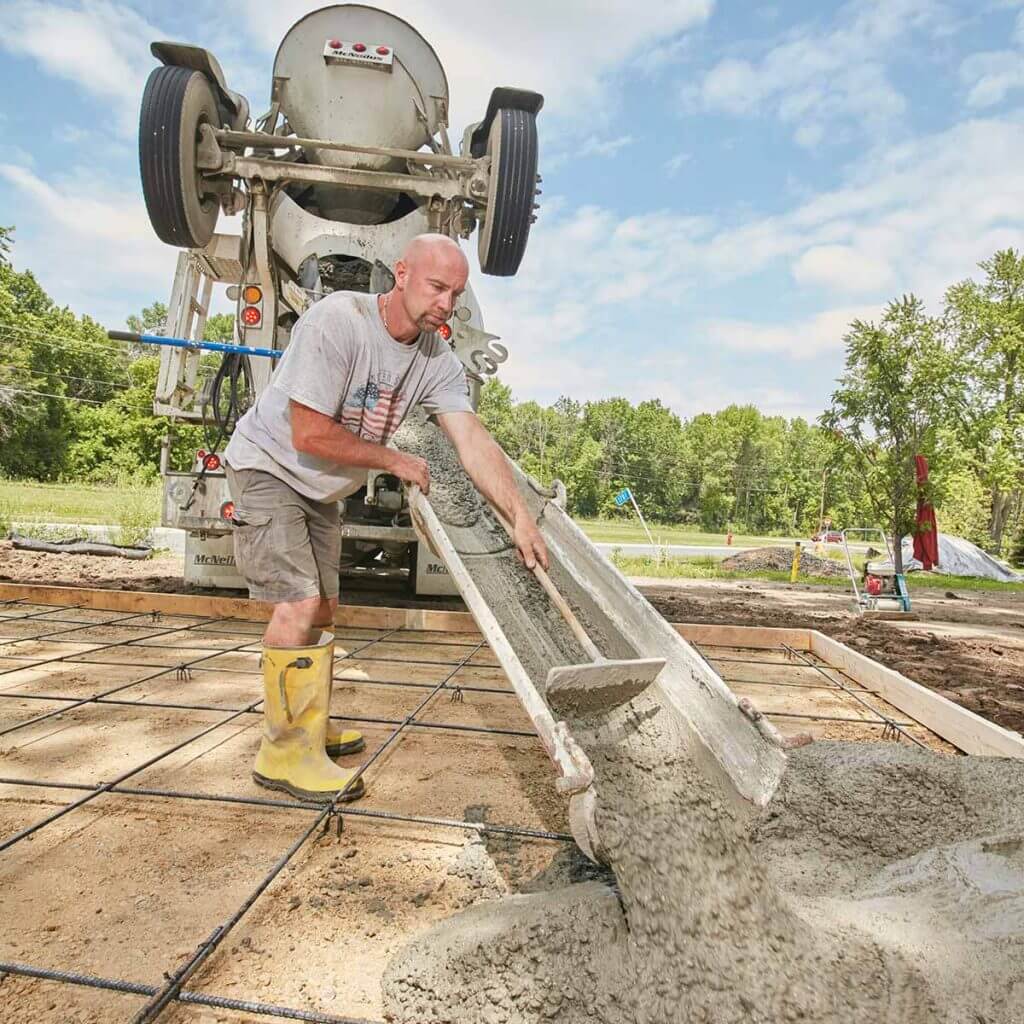
Before placing a concrete slab, the local construction department should be reached to determine whether any limitations exist or if a permit is required for construction. When it’s time to build, preparing the site by levelling it and creating strong and level forms for the project ensure that the slab is correctly laid.
Kinds of Concrete
There are several kinds of concrete available for different home projects. If you’re not sure which type to get, don’t hesitate to talk to a concrete pro near you. Here are a few common varieties of concrete:
- Quick-set: Hardens in 20 to 40 minutes. Best for small projects.
- Regular-set: 24 to 48 hour set time. Used more for large projects.
- High-strength: Usually sets in 10 to 12 hours. Works well for a foundation.
- Crack-resistant: This is a durable option that works well for walkways.
- Polymer: Uses epoxy binder to harden. Benefits depend on the type of resin used but can include heat and weather resistance.
what is the best mop for concrete floors?Read here
Measuring Tips
How many bags of concrete do i need for a 10 x 10 slab? Your measurement methods will change depending on the shape of your future concrete slab. For example, you’ll mark a rectangular shape using length and width. A circular shape needs that you find the diameter.
Once you get the dimensions of your slab, enter them into the calculator along with the thickness. Access your casita building plans project area measurements formed to the nearest foot. If you’d somewhat do the math yourself, simply measure length, width and height in feet. Then multiply these dimensions together. Divide the resulting number by 27 to find the cubic yardage.

Read here about How Does Concrete Set?
To determine the amount of concrete you require for a slab, you should obtain the cubic yardage of the area you will be filling. Just understand these steps:
- Measure the area in feet.
- Multiply the length by width, and then by thickness.
- Divide the resulting number by 27 to find cubic yards.
The volume of concrete required for a 10- by 10-foot slab depends on the diameter of the slab. For a 4-inch slab, either eight 60-pound or six 80-pound bags are required, while for a 6-inch slab, either 12 60-pound or nine 80-pound bags are necessary.

Before placing a concrete slab, the local construction department should be reached to determine whether any limitations exist or if a permit is required for construction. When it’s time to build, preparing the site by levelling it and creating strong and level forms for the project ensure that the slab is correctly laid.
Kinds of Concrete
There are several kinds of concrete available for different home projects. If you’re not sure which type to get, don’t hesitate to talk to a concrete pro near you. Here are a few common varieties of concrete:
- Quick-set: Hardens in 20 to 40 minutes. Best for small projects.
- Regular-set: 24 to 48 hour set time. Used more for large projects.
- High-strength: Usually sets in 10 to 12 hours. Works well for a foundation.
- Crack-resistant: This is a durable option that works well for walkways.
- Polymer: Uses epoxy binder to harden. Benefits depend on the type of resin used but can include heat and weather resistance.
what is the best mop for concrete floors?Read here
